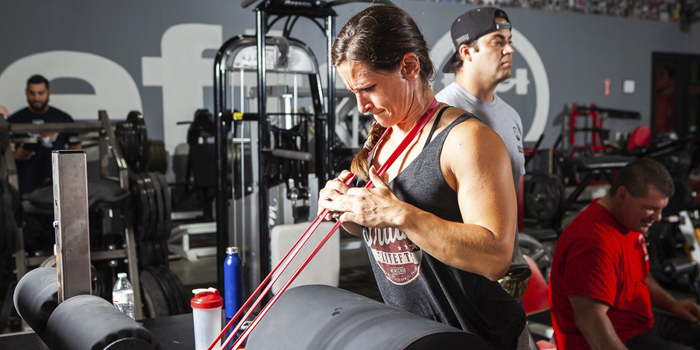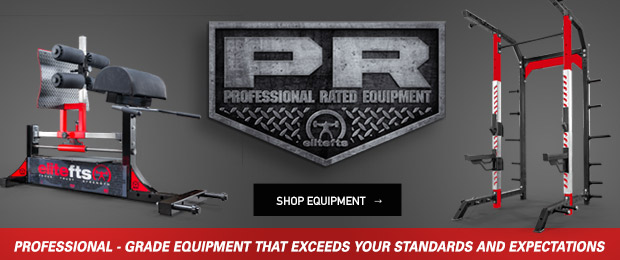
A long time ago in a far away galaxy, I made a video and post about back raises vs. back extensions. (Probably did this before many of you were even out of diapers and knew what powerlifting was.)
But I digress...
The point of that post was to show and explain how you can alter the same movement to hit a different emphasis on the muscle. Similar to a squat in which you change your stance, or a lunge in which you take a small step or a big step, back raises can be changed as well.
A few days ago, Christian and I were doing back raises as part of our GPP program. As we walked past each other, completely out of breath and able to form full sentences, he muttered that his back pump was real. I confusingly looked at him and said, "My hamstrings are pumped!"
Same exercises, both feeling completely different.
We were doing some RDL's combined with back raises. With the RDL, we were both focusing on keeping torso locked and performing a good hinge movement. (However, even with an RDL, you can change the focus of where you're "feeling" the movement based on a few subtle changes.... an article for another day.)
If you watch the first half of the video, what do you see?
Greater range of motion
No movement from spine
Lengthening and shortening of the hamstrings
The second half of the video you see just the opposite:
Shorter range of motion
More movement from the low back
Length of the hamstrings don't change
As we talked it out, a few things we noticed. (side note: talking to each other helps us figure out what cues work for certain people, what adjustments to make to manipulate the movement, etc.) Christian's back pump was coming from the fact that he was contracting and squeezing his glutes and hamstrings so hard, that the movement had to come from somewhere.... his low back.
I, on the other hand, was letting my hips hinge more and almost "releasing" my hamstrings at the bottom, then driving my heels into the ankle pad, then squeezing again on the way up. My torso/low back position didn't move.
So, who's right?
Well, even though we like to debate gym things (does the first rep of a DB press count as one rep?), neither of us are wrong here. You can do them both ways and get a totally different feeling. Keep that in mind for your own training and if you're a coach, for your athletes as well. Ask them questions:
How does that feel?
Where do you feel this?
If they say their back, but you want them to feel more hamstrings, then you know you need to readjust your cues and change the way they are doing the movement.
A back raise can also change based on where the ankle pads are. In the video below, we are using an elitefts GHR. If you slide the foot plate lower, your hips will be higher, creating even more stretch on the hamstrings. If the foot plate is higher than your hips, the hamstrings aren't stretched as much, therefore you'll probably end up using more low back. (also the 45* back raise works in a similar way.)
Remember, 99% of the time there are no bad exercises.









